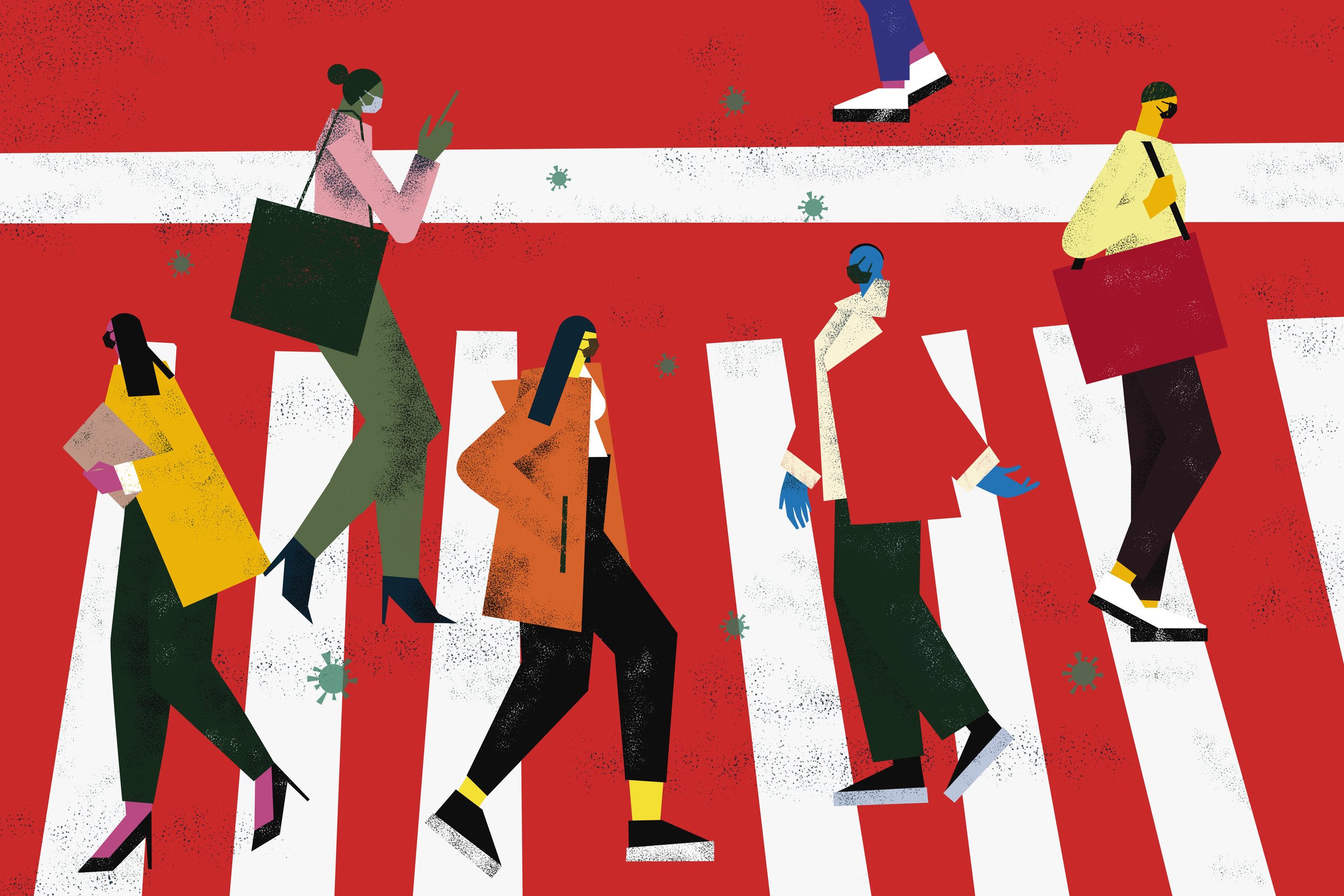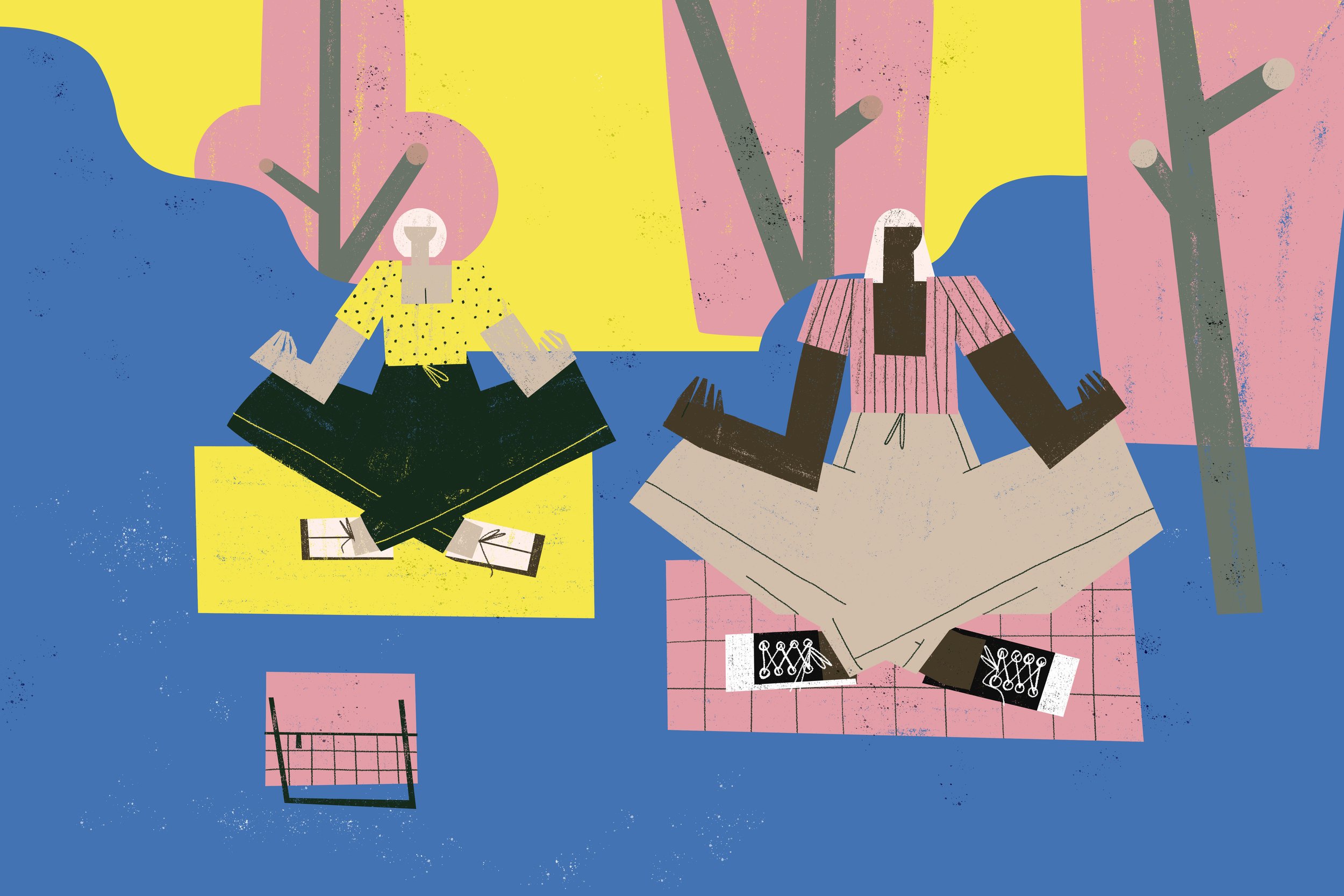Do offices and cities still need each other?
Is my city dying? Will my city-centre workplace disappear? Will I end up working in the suburbs? Or is this an opportunity to reinvent the workplace for a new era?
Offices and other workspaces are central to the concept of the contemporary city. But what if some of the ways in which the pandemic has altered urban spaces and lifestyles are more than temporary fixes? What if an upheaval in how cities work and who they are for has been kick-started and is set to continue and transform our urban centres?
Is the city dying - or being reborn?
Right now, the jury is out. Opinions range all the way from predictions of the ‘death of the city’ via admiration for the speed and inventiveness with which many streets and neighbourhoods have adapted, to claims that what we are witnessing could be read as a rehearsal for the exponentially larger-scale adaptations cities need to make in order to mitigate the effects of climate crisis and reverse its causes.
If working from home becomes part of the ‘new normal’, demand for workspace in cities could decline and, as a result, offices may become significantly cheaper, a development that is more likely to benefit startups, smaller SMEs and artists than corporations saddled with properties they own outright or lease long-term. Increasing numbers of empty retail units on suburban and smaller town high streets could be mirrored in the urban core; ominous signs are already there, as evidenced by a recent Financial Times report claiming hospitality takings in the City of London are just 15 percent of their pre-pandemic levels, clearly an unsustainable state of affairs.
“What if an upheaval in how cities work and who they are for has been kick-started?
The reinvention of the public space
Contrastingly, cities have been experimenting with a reinvention of public space, most notably by restricting or suspending vehicular access and parking, while creating generously proportioned bike lanes thronged with cyclists. Wooden boxes, planters and similarly sympathetic partitioning is used to create bays into which cafés and restaurants can extend their seating, safely and convivially. The role of the urban street as storage space for infrequently used private cars is being challenged and subverted. Urban authorities are seizing the opportunity to make permanent some of the enforced changes city dwellers enjoyed during the lockdowns; dramatically reduced traffic, cleaner air, quieter streets, safer cycling and walking.
“Urban authorities are seizing the opportunity to make permanent changes that city dwellers enjoyed during the lockdowns”
So, could cities be on the way to being better places to live and work? The focus should be less on what proportion of their time workers are going to spend in the city and the workplace, and more on the quality of those experiences. That is what will make the post-pandemic office a freshly attractive destination for businesses and workers who run on energy, creative stimulus, sociability and variety.
From remote to distributed working
Before the pandemic struck, commuting in the UK has already become a cauldron of barely suppressed public anger over sky-high ticket prices, frequently delayed and cancelled services, and overcrowded trains and tubes. Locked down, many people found that this daily hell was neither essential to getting their jobs done, nor to the efficiency and profitability of the companies they ran.
This discovery may be the catalyst for another set of fundamental changes in the way workplaces are embedded in the city and beyond, a reframing of working modes from ‘remote’ to ‘distributed’. Calling a type of work ‘remote’ begs the question “remote from what?”. Instead of prioritising the iconic central workplace, a distributed organisation could exist across multiple sites, creating a network of connected nodes.
Calling a type of work ‘remote’ begs the question: “remote from what?”
This model of an organisation composed of distributed workspaces is even emerging within the city, “like a corporate campus but governed and owned by one entity.” A new approach to workplace planning and design will be essential to maintaining consistent culture and working practices across distributed networks of smaller spaces. The buildings that house these new organisational forms could also benefit from a shift in architectural focus towards repurposing and reconfiguring, away from demolition and new build, especially if more properties become empty and real estate investment declines due to economic recession.
A new generation of workers
In the UK it is estimated that a third of people will be able to work remotely the whole time, another third part-time and the final third not at all. The latter group doesn’t just include service-sector workers, but also professionals such as dentists or surgeons. The workplace is not going to disappear any time soon. This is especially true for younger adults working in the creative, technology or knowledge sectors, at agencies and studios, in e-commerce or e-government, in the emerging sectors of the ‘fourth industrial revolution’.
Living in more affordable neighbourhoods beyond the city core, sharing flats and houses, ecologically aware and pursuing busy yet healthy urban lifestyles, they need and want to work together in the right kind of spaces. It may be some time before they have the opportunity to leave the city to embrace family-making and home-owning in the way previous generations did. So, for the moment, they’re not going anywhere. The city and the office will both need to adapt to accommodate them if urban living and working are to have a viable future.



